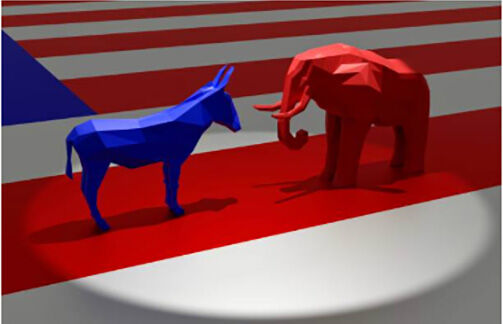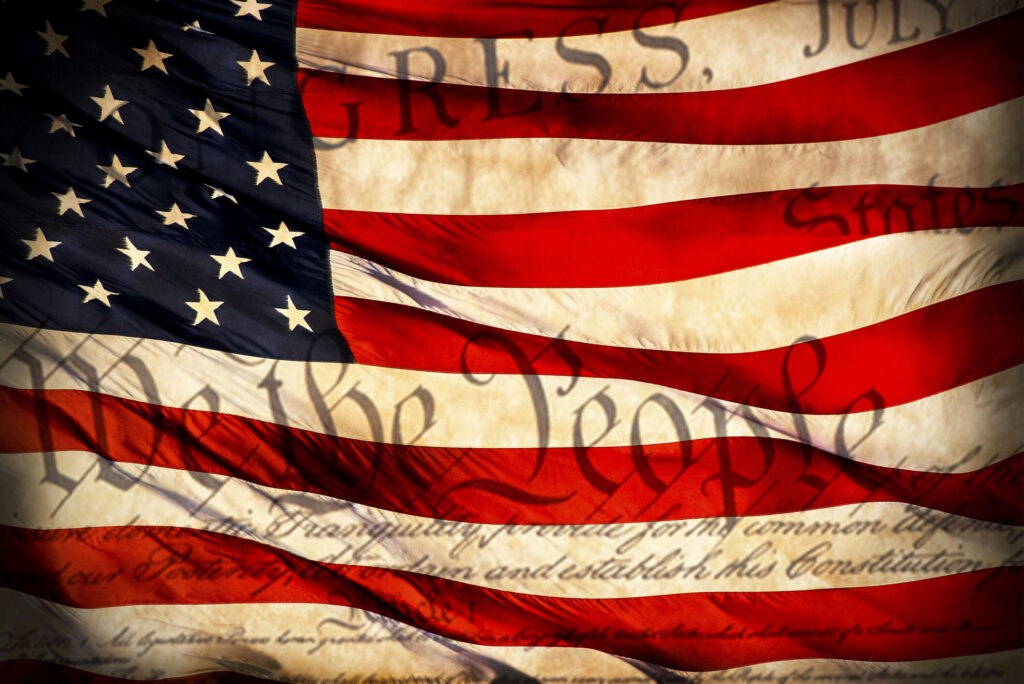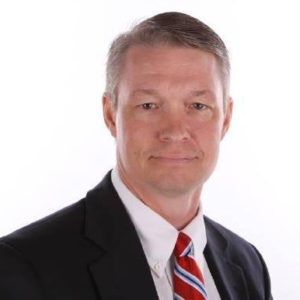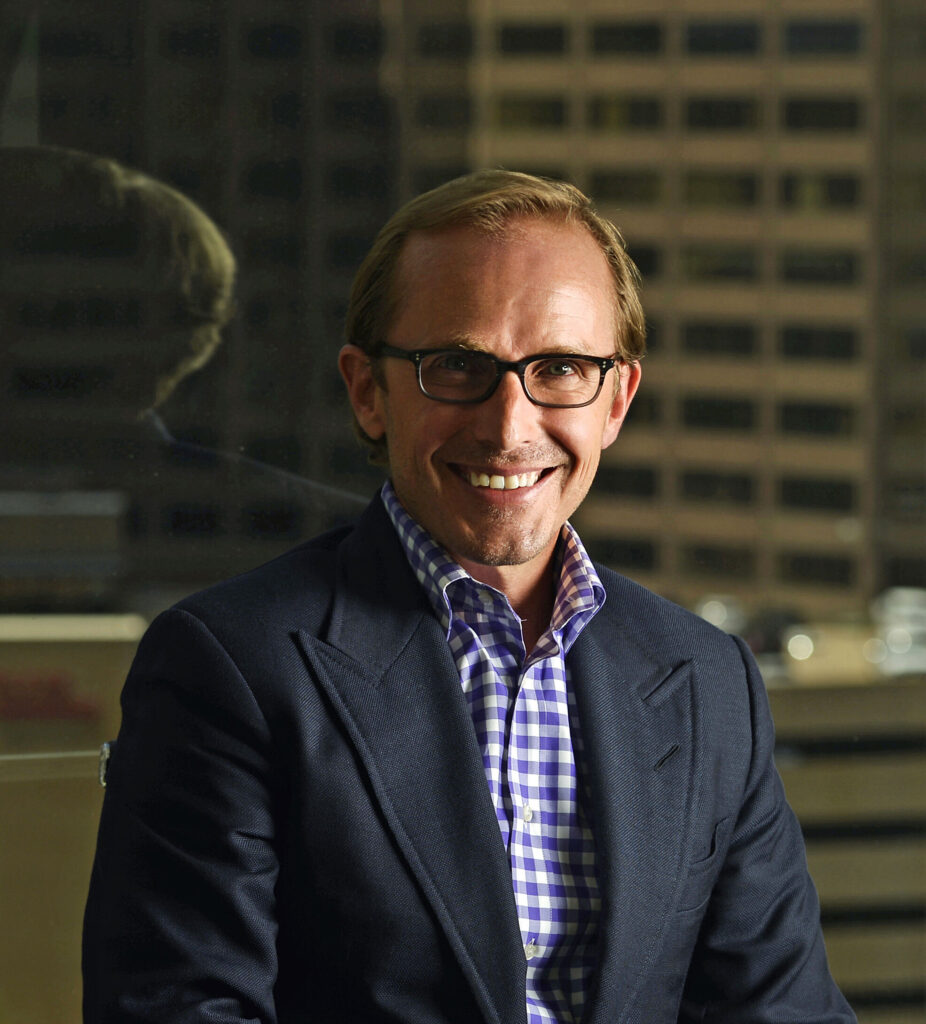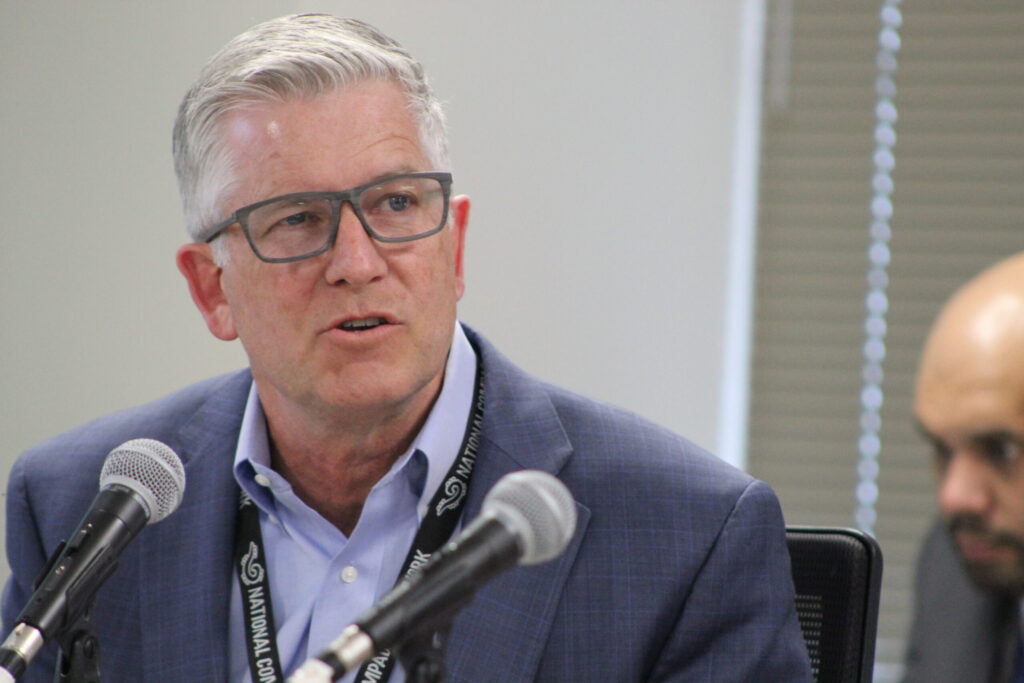The president who just had a cold | OPINION

Joey Buff
On Oct. 2, 1919, American President Woodrow Wilson suffered an ischemic stroke that left him physically and mentally incapacitated until his term ended in March 1921. The president struggled to speak, see, feed himself, make good judgements, and even write his own name. As White House Chief Usher Ike Hoover wrote in his memoirs, the president “looked as if he were dead.”
Yet the illness was shrouded in secrecy, and Wilson remained the commander in chief for two more years. How did a bedridden man continue to hold such a position? There are three figures who particularly contributed to the bamboozling of the American public.
The first was Woodrow Wilson’s loyal personal physician, Dr. Cary T, Grayson. Attempting to keep the president’s medical information private, Dr. Grayson hid the severity of the stroke from the president’s Cabinet and Congress. He didn’t even tell President Wilson himself the severity of the stroke.
Stay up to speed: Sign up for daily opinion in your inbox Monday-Friday
When Secretary of State Robert Lansing called a Cabinet meeting, Dr. Grayson had the responsibility to sign the “paper of disability,” which might have allowed Vice President Thomas Marshall to serve as acting president. Dr. Grayson, however, refused to sign the paper, claiming, “the President’s mind is not only clear but very active.” Without medical confirmation, President Wilson’s cabinet had no basis to encourage presidential succession. After all, as Dr. Grayson declared, the only thing troubling the president was a bad cold.
Edith Wilson, Woodrow Wilson’s wife, was also responsible for the continuation of Wilson’s presidency. She claimed, “if he resigns, the greatest incentive to recovery is gone.” For the 17 months that President Wilson was bedridden, Mrs. Wilson exercised significant political power that she later referred to as her “stewardship,” during which Mrs. Wilson took complete control of the president’s Cabinet. Members of the Cabinet received orders from Mrs. Wilson instead of the president, and when there was a vacant seat for the Secretary of the Treasury, she alone interviewed and contacted applicants.
When Secretary of State Lansing admitted before the Senate of Foreign Relations Committee he had not seen the president for many months and rebuked the president’s family and physicians for their dishonesty to the American public, he was forced to resign. Though Mrs. Wilson claimed she made no executive decision, she did later admit she alone determined what the president was allowed to see and decide. What the president did not see, she would do herself. Twenty-eight bills became law without Wilson’s signature, and he did not deliver his annual address to Congress in either 1919 or 1920.
With Lansing’s public statements and the disappearance of one of the most powerful men in the world, by early 1920 the American people had serious doubts President Wilson was as healthy as Dr. Grayson reported. Edith Wilson responded to these concerns by initiating an interview with the New York World, a New York newspaper so influential it played a huge role in creating an aggressive attitude that had led to the Spanish-American War in 1898. The interview was conducted by reporter Louis Seibold, who wrote two accounts of the interview published June 18, 1920. One, titled “Visit to Woodrow Wilson,” provides a detailed account of meeting the president and recounted descriptions of his health, including a claim the president “does more work now than before confinement.” Seibold wrote of “great improvement of the President’s physical condition.”
The other, “Interview of Woodrow Wilson,” depicted a seemingly regular conversation about American politics. During these interviews, the president displayed his regular intelligence, political passions and quick wit.
The articles were so influential Louis Seibold won the 1921 Pulitzer Prize. These articles were, however, completely fabricated by Edith Wilson and Joseph P. Tumulty, President Wilson’s secretary, who wrote the statements and gave them to Seibold for publication.
The interviews successfully manipulated the American public into believing a man who “looked as if he were dead” was actually just suffering from a bad cold and was capable to serve the country for another year as President of the United States.
Joey Buff is an intern at the Independence Institute in Denver. He is a junior at Hillsdale College in Hillsdale, Michigan, majoring in psychology, philosophy and religion.


